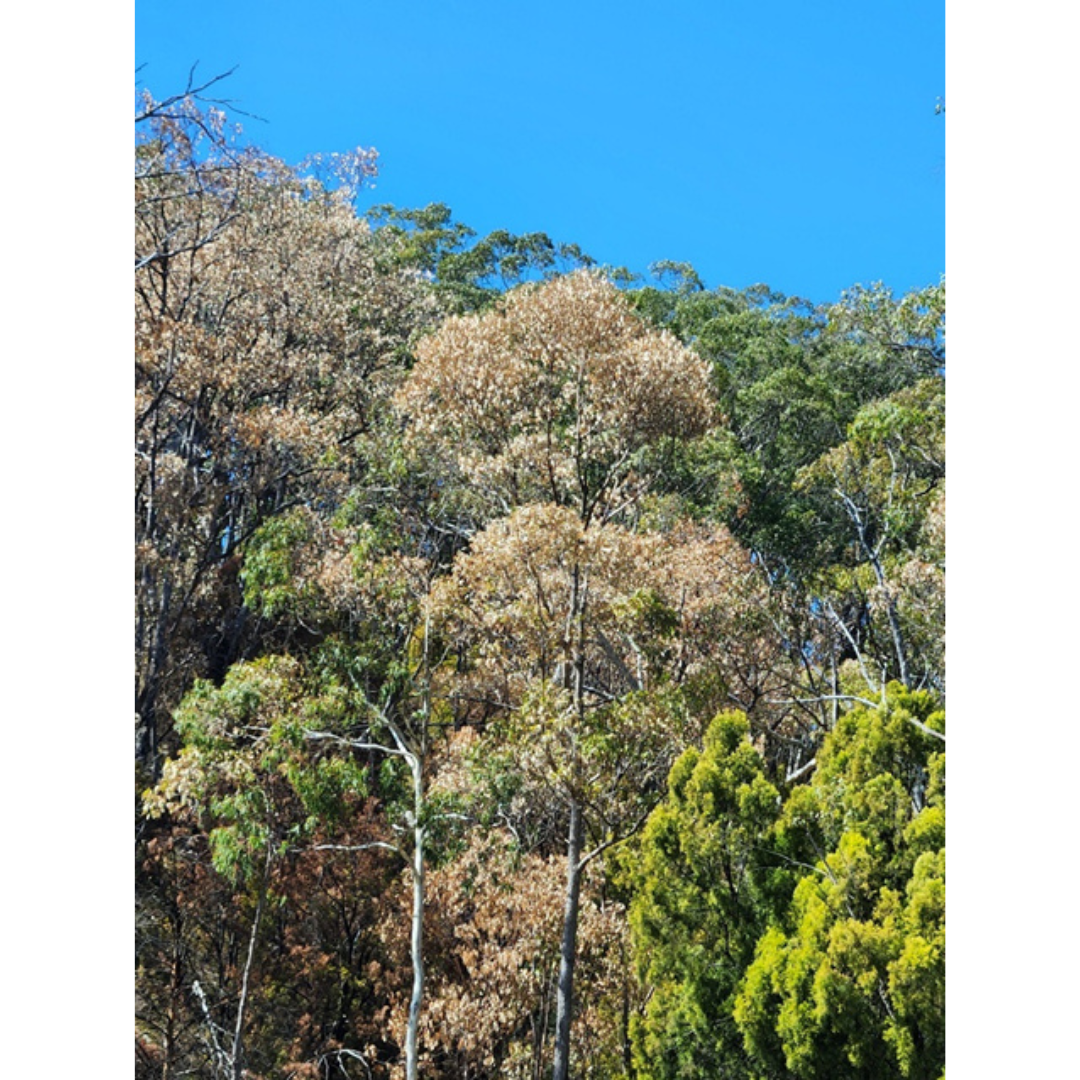Is native tree dieback happening near you?
Is Tree Dieback Happening Near You? Help Scientists Track It Across South Australia
South Australia is in the grip of a tough drought, and the signs are showing—our native trees are stressed, with many suffering from dieback. From browning leaves to thinning canopies and even fully dead trees, the impacts are becoming increasingly visible across the landscape.
To understand the scale of the problem and better prepare for future droughts, researchers need your help. The Stringybark Dieback Research Team at the University of South Australia has partnered with the Dead Tree Detective project, led by Professor Belinda Medlyn at Western Sydney University, to map dieback across the state.
Photo: Donna Fitzgerald
Why your observations matter
By identifying where dieback is occurring and which species are affected, researchers can gain vital insights into the health of our forests and what’s needed to protect them in a changing climate.
What to look for:
Browning or discoloured leaves
Thinning or degraded canopies
Entirely dead trees with flaking bark
How to report:
Take a clear photo of the affected tree(s)
Record the GPS location
Upload your observation to the Dead Tree Detective on iNaturalist or BioCollect
If possible, please include the tree species and a rough count of how many trees are affected.
Your contributions—no matter how small—are invaluable in helping scientists track tree health and develop strategies to safeguard our native landscapes.
Visit the iNaturalist Project here..






